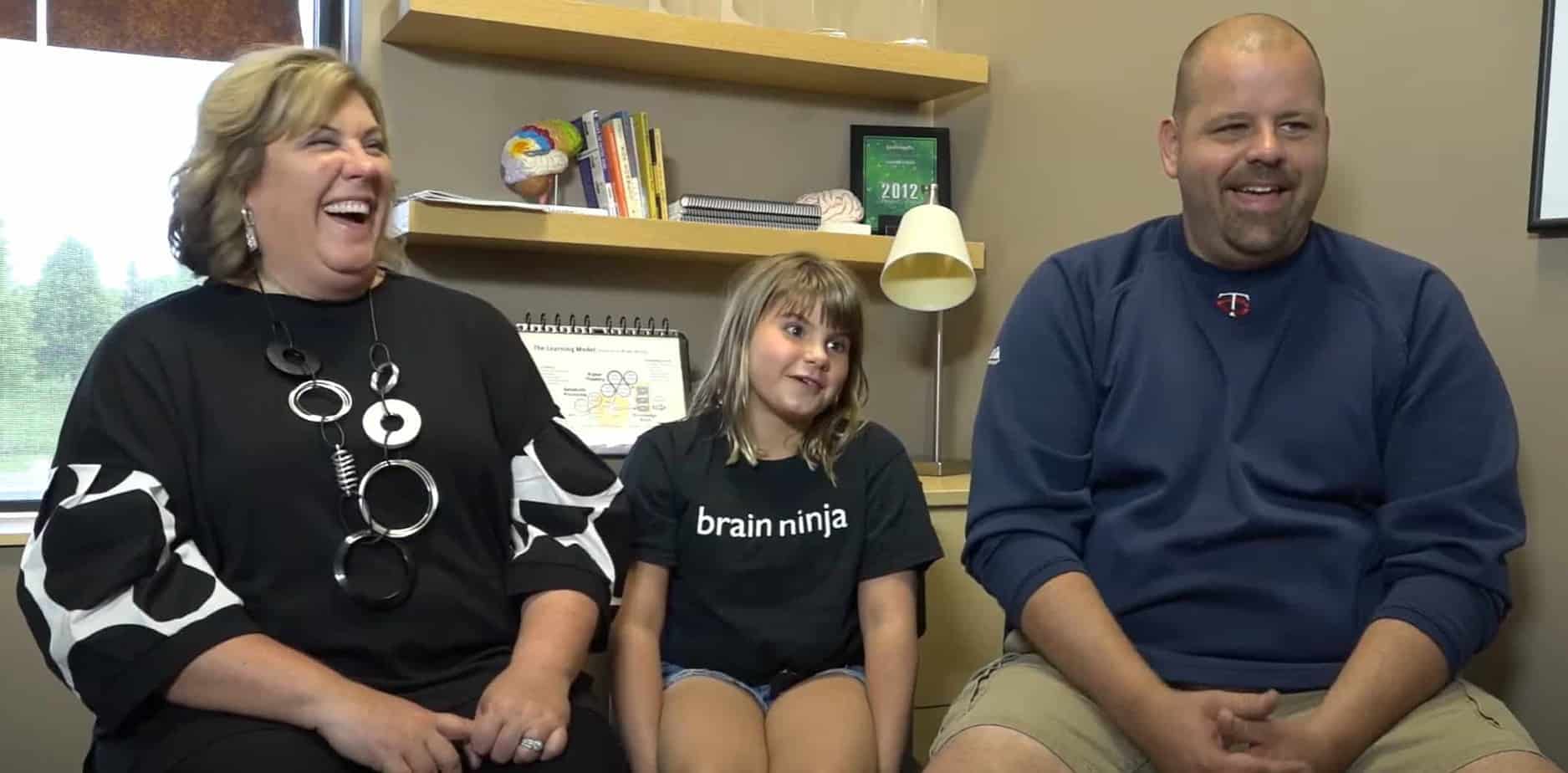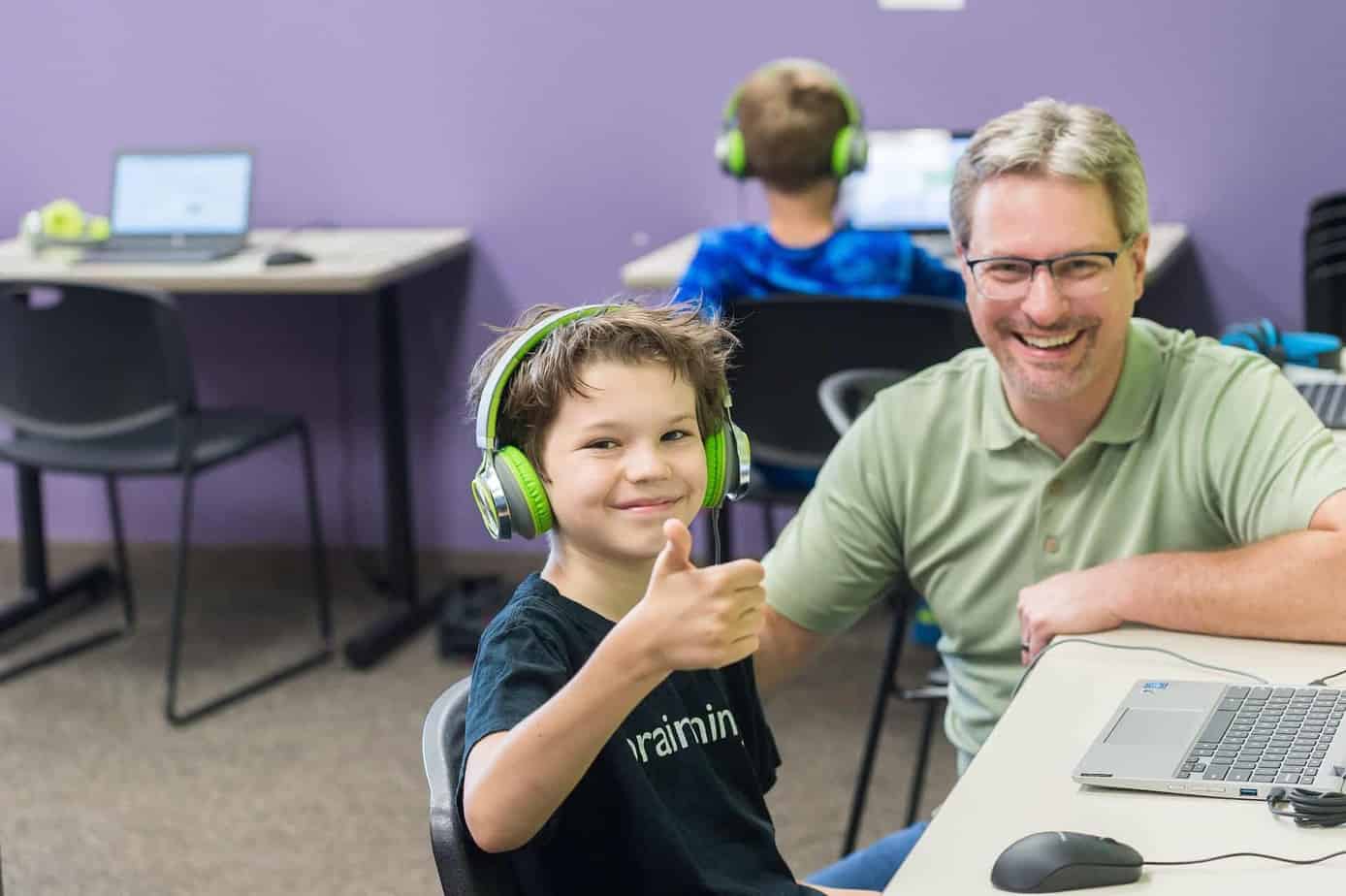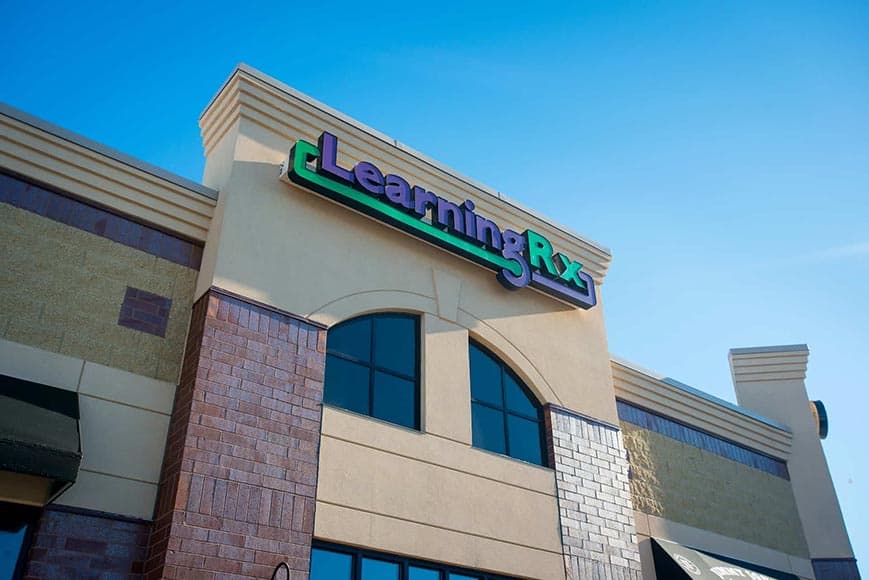A Sobering Picture of Children’s Reading Levels
A new report from the National Assessment of Educational Progress paints a sobering picture of children’s reading levels. The report, based on 2024 test scores, found that a record-low number of fourth and eighth-grade students in the U.S. had below-basic reading skills.
According to the report, one-third (33%) of eighth graders had “below-basic” reading skills — the largest number since the exam began in 1969. Additionally, 40% of fourth graders’ reading skills were considered “below-basic,” the most in two decades.1
The US Department of Education stated, “Not only did most students not recover from pandemic-related learning loss, but those students who were the most behind and needed the most support have fallen even further behind.”
The last statement is the most concerning – those students who were the most behind have fallen further behind. Why is this? Instruction has something to do with it, but when you look closer at the root cause as to why students struggle in the first place, it becomes very clear why they struggle to ever catch-up, even without the impact of a pandemic.
For kids who struggle to read or have dyslexia, the root cause is almost always related to weaknesses in the cognitive skills required to be a good reader. These include:
- Auditory processing – the ability to distinguish, blend and segment sounds accurately
- Long-term memory – the ability to recall stored information
When auditory processing is weak, students struggle to blend sounds which impacts decoding and causes difficulty sounding out works.
When long-term memory is weak, students struggle with word recognition and the ability to retain all the odd English rules and exceptions. This causes issues with non-phonetic words like “said” or “laugh” that cannot be sounded it and can only be recognized and stored in memory.
The difficulty is that for those seeking reading help, typical reading interventions and tutoring strategies are not addressing the root cause but focused on the symptom. The reason students struggle to catch-up in reading is because the root cause is never addressed!
However, LearningRx reading training identified and addresses the root cause. The first step is to contact the LearningRx center in Savage and schedule an assessment. This 90-minute assessment will identify why your child struggles to read. This also enables us to provide an individualized, 1-on-1 reading training program to help your child excel.
And our results are significant!
These results are attained in just 24 weeks of training.
In a research study with more than 3,500 struggling readers published in the journal Psychology Research and Behavior Management, researchers found statistically significant changes in both reading skills and cognitive skills after 24 weeks of training with LearningRx.
- The average gain across five reading skills was 4.1 years in just 24 weeks.
- The average gain in phonological awareness was nearly 6 years in just 24 weeks.
- The average gain in phonetic coding was 5.5 years in just 24 weeks.
- The average gain in spelling was 2.2 years in just 24 weeks.
- The average gain in Word Attack was 2.9 years in just 24 weeks.
- Parents reported improvements in cognition, academic performance, and psychosocial skills.
If you are seeking reading help that truly makes a difference, call LearningRx in Savage. If you continue with tutoring strategies that focus on the symptom, reading will likely remain a struggle for your child. Call LearningRx in Savage today to learn how training works and how we can help.







